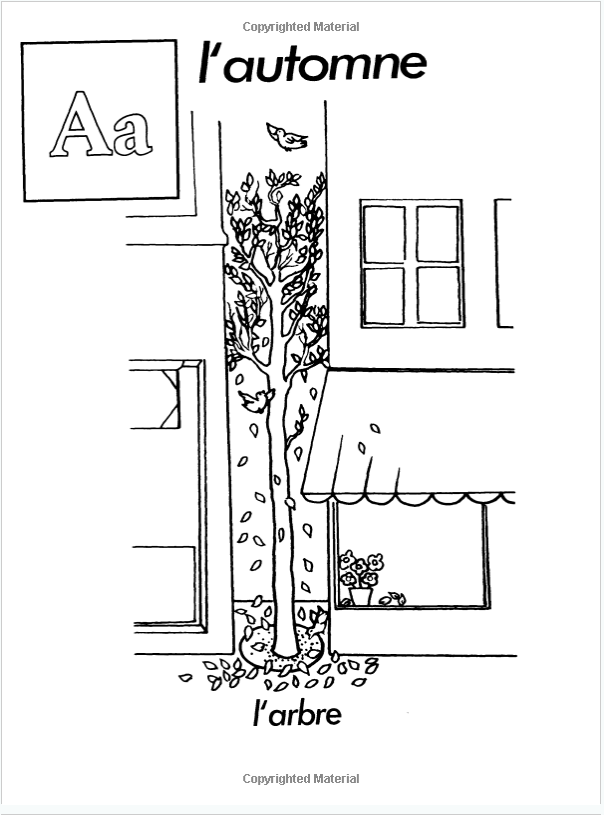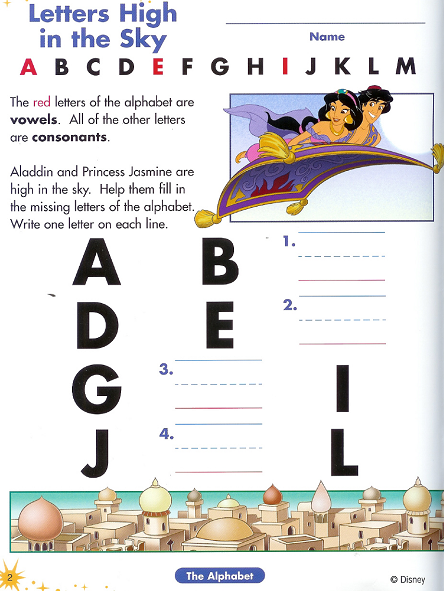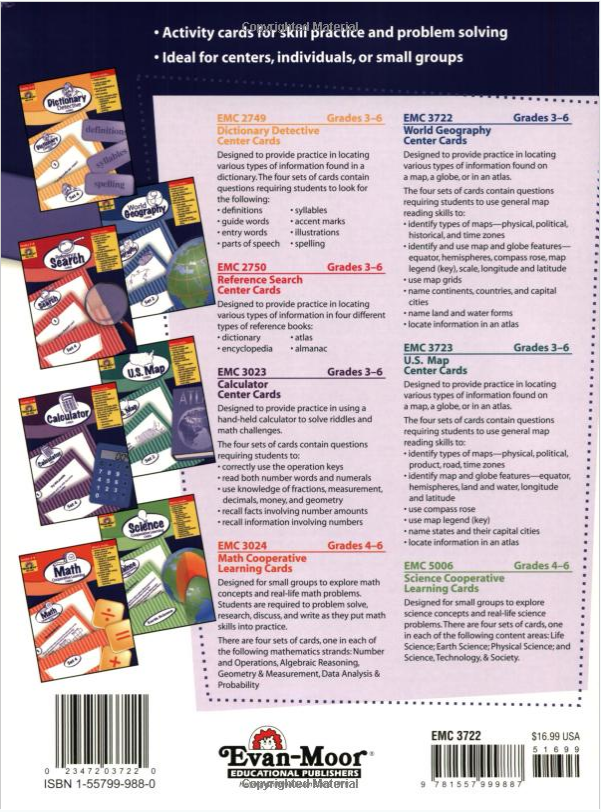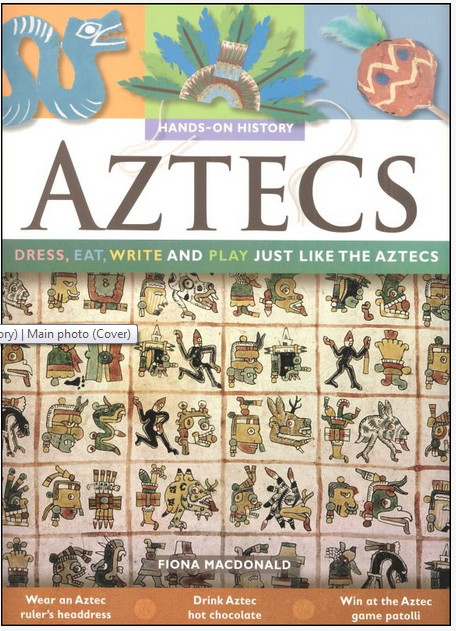- Grade K-3: A State Standard for Approaches to Learning in Social Studies
- Grade K-5: A State Standard for Approaches to Learning in Social Studies
- K-3: Picture Book #1: Seeking Opportunities
- K-3: Picture Book #2: Extending Knowledge
- K-5: Book #1: Utilizing the Tools of a Geographer
- K-5: Book #2: Tracking Down the Evolution of Civilizations
- Reference List
Grade K-3: A State Standard for Approaches to Learning in Social Studies
“Students can demonstrate curiosity by seeking opportunities – whether independently or in collaboration with peers and teachers – to extend their knowledge” (Assessment for learning and development in K-3, 2013, p. 24).
Grade K-5: A State Standard for Approaches to Learning in Social Studies
“Apply the tools of a geographer to understand the emergence, expansion and decline of civilizations, societies and regions” (State Board of Education, 2010, p. 3).
K-3: Picture Book #1: Seeking Opportunities
Pattis, A.-F. (2003). Let’s learn French coloring book. New York, NY: McGraw-Hill, Ltd.

The specified coloring book by Pattis (2003) allows K-3 learners to seek opportunities, as it helps the students both explore the French language and culture and draw parallels between English and French. In other words, the book in question presents young learners with a chance to understand the way, in which language works, thus, creating the premises for students to develop an intuitive understanding of both languages.
The author of the book is clever enough to provide the information that the students need to draw their conclusions about the French and the English language, the similarities, and differences between them, and at the same time do not let young learners make erroneous assumptions. The book encourages the students to work independently on the search for new opportunities by engaging the learners in unique games and fun activities. As a result, the students are not pressured into studying – quite on the contrary, they are eager to participate in learning the mechanisms of the language, which sets the premises for their further individual learning process.
K-3: Picture Book #2: Extending Knowledge
Disney Learning. (2005). Phonics & Reading. Victoria, AU: Funtastic, Ltd.

K-3 learners must be able to learn both the material as required by the state standards and at the same time the means of using the rules learned in specific situations, thus, acquiring new knowledge and expanding the existing one and Phonics & Reading by Disney Learning (2005) provides ample opportunities for young learners to expand their knowledge in a very specific way. It would be wrong to demand that K-3 students should study phonetics very closely and in great details from the very start; therefore, instructors miss a lot of opportunities to teach young learners not only the basics of the English language but also the essentials required to learn to read fast and fluently.
This color book, however, fixes the specified problem, offering students a chance to learn not only the basics of reading in English but also some elements of phonetics, therefore, allowing them to understand the way that the English language works. Analyzing the effects of the specified book, one must admit that it may provide an outlook on the specifics of word-building in English as well.
K-5: Book #1: Utilizing the Tools of a Geographer
Moore, J. E. (2005). World geography cards. Monterey, CA: Evan-Moor.

Teaching students the basics of geography, as well as its diverse tools, is far from being hard – on the contrary, young learners absorb new information in a rather expeditious manner. When it comes to training them to apply the acquired information to solve practical tasks, however, major issues arise, as a rule. World geography cards were designed to help learners avoid the specified problems; with the help of the pictures that have been chosen very carefully and the narration that provides rather detailed instructions, the authors of the text show students in a very graphic way how certain geographic tools can be used for specific purposes.
By following the guide designed by Moore (2005), students will be able to learn to use the basic geography tools, including maps, a globe, a chart, etc. It is also remarkable that the book in question encourages the students to use the skills that they have acquired when attending performance art classes, i.e., creating maps and cutting out cards. Thus, linking the activities that most children associate with playing games, the author of the book helps young learners relate their experience of studying with a pleasant pastime, which motivates students to become active learners.
K-5: Book #2: Tracking Down the Evolution of Civilizations
MacDonald, F. (2007). Aztecs: Hands-on history. London, UK: QED Publishing.

It is quite hard to trick young learners into studying subjects that have something to do with ancient history. Perhaps, it is the lack of connection with the present time that blocks young students’ way to getting interested in the history of the ancient civilizations.
Fiona MacDonald, however, knows exactly how to entice young students with the life of people belonging to the ancient civilization, seeing how easily she ties in the elements of everyday life and the concepts that are several thousand years old. More to the point, the book suggests that an activity should be crafted for each week, and in most cases these activities presuppose drawing, making paper cutouts, coloring, etc. Inviting children into the world of the ancient cultures, MacDonald works wonders with the students’ ability to remember new information about ancient cultures and interpret it in different ways.
Reference List
Assessment for learning and development in K-3. (2013). Public Schools of North Carolina. Web.
Disney Learning. (2005). Phonics & Reading. Victoria, AU: Funtastic, Ltd.
MacDonald, F. (2007). Aztecs: Hands-on history. London, UK: QED Publishing.
Moore, J. E. (2005). World geography cards. Monterey, CA: Evan-Moor.
Pattis, A.-F. (2003). Let’s learn French coloring book. New York, NY: McGraw-Hill, Ltd.
State Board of Education. (2010). Public Schools of North Carolina. Web.